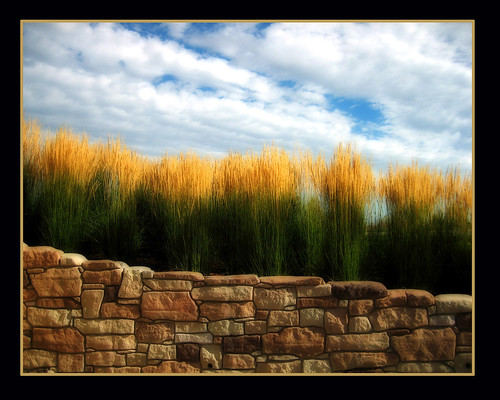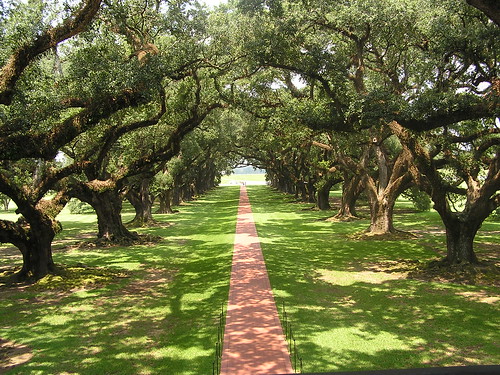
Every year one of the best plant conferences on the East Coast is the Perennial Plant Conference held in the fall at Swarthmore College. This conference is co-sponsored by Chanticleer Garden, Longwood Gardens, The Hardy Plant Society/Mid Atlantic Group, The Pennsylvania Horticultural Society and The Scott Arboretum of Swarthmore College. (If you haven’t visited Chanticleer, Longwood Gardens and The Scott Arboretum, you should. Each garden is fantastic in its own right.)
This year on October 16th a group of friends and this Garden Lady joined what looked like a sell out crowd for this 2009’s excellent, informative conference. I hope to be writing about what some of the excellent speakers had to say in future posts.
Right now I want to talk about one of my favorite features at the conference and that is what is called the Promising Plant Forum. Five people who are either from top nurseries or who work at top gardens give a 7 minute presentation of 3 of their favorite choices for best new plant or underused excellent plant for your garden.
It was interesting that of the 15 plants recommended, 4 were Echinacea plants. Echinacea which are commonly called purple coneflowers are native to eastern and central North America, where they are found growing in moist to dry prairies and open wooded areas. Echinacea are generally long lived plants that have large, showy flower heads and are in bloom from early to late summer.










